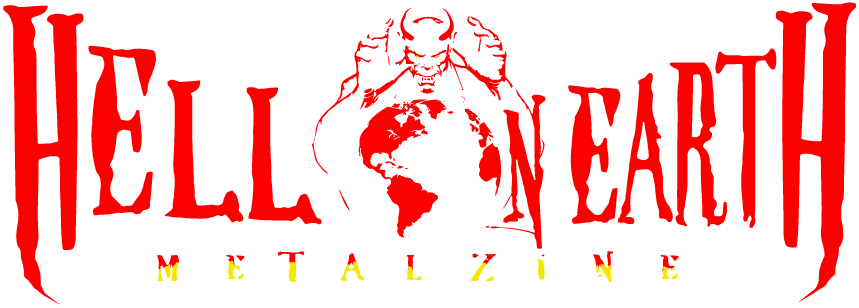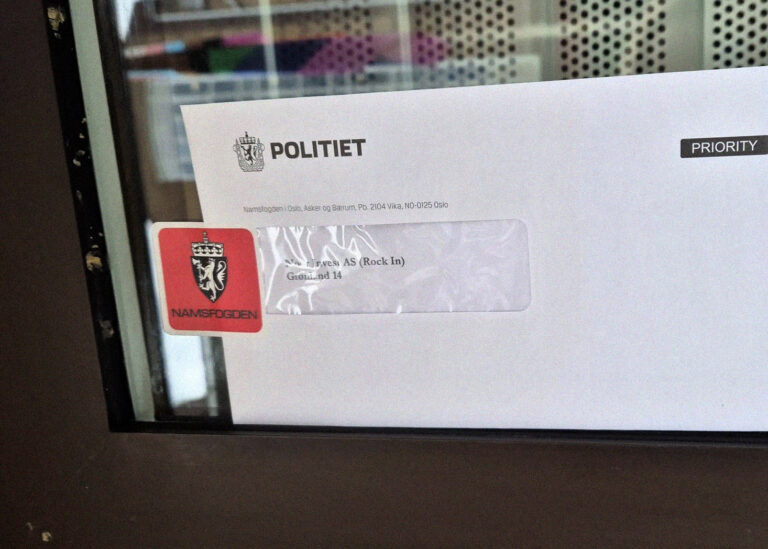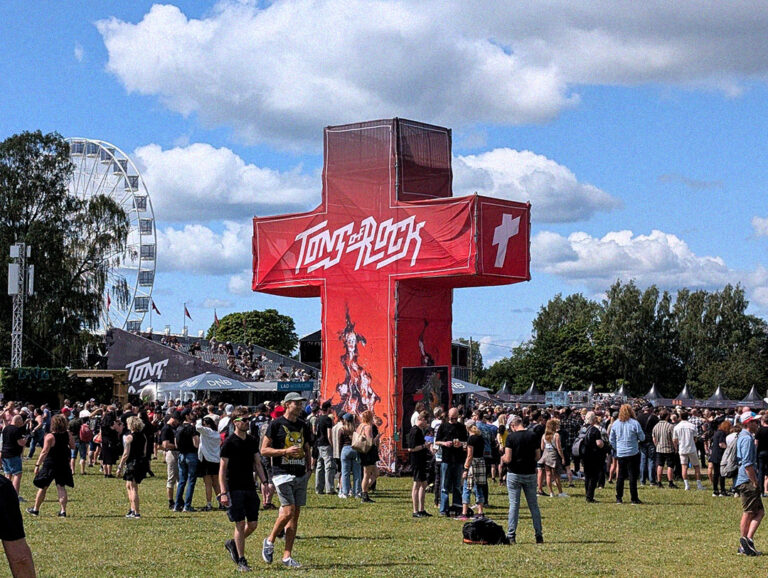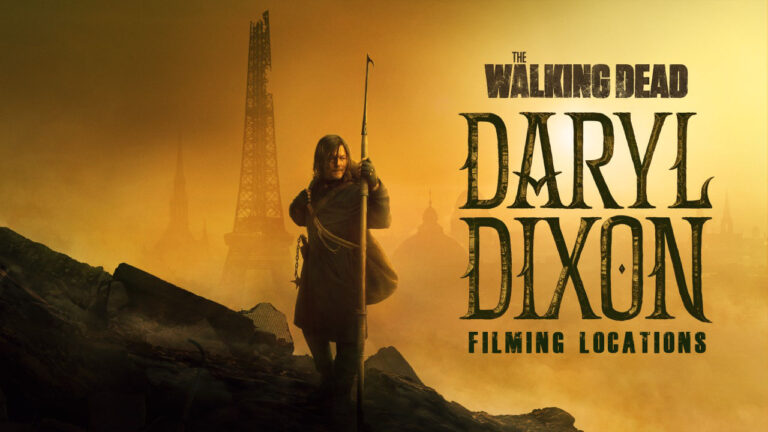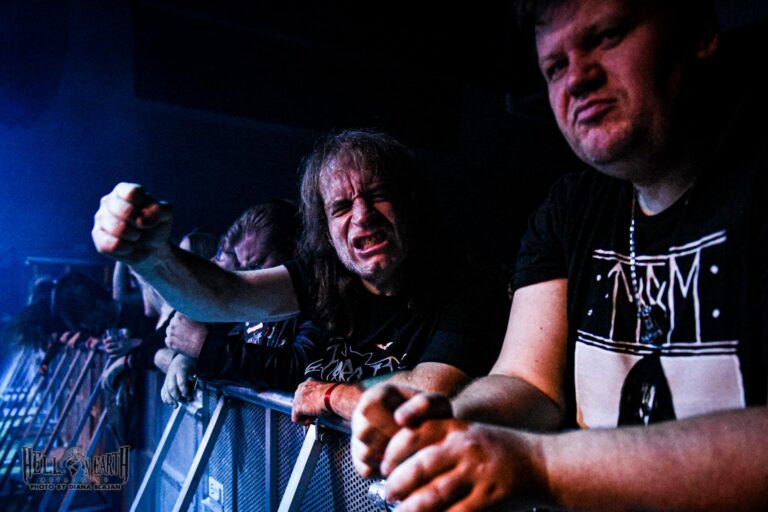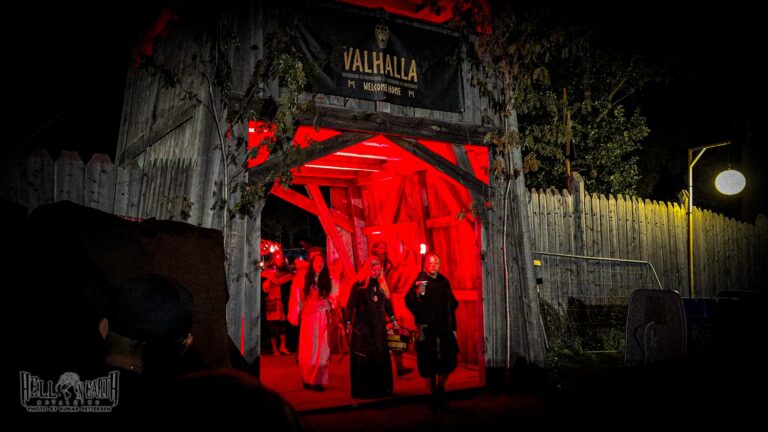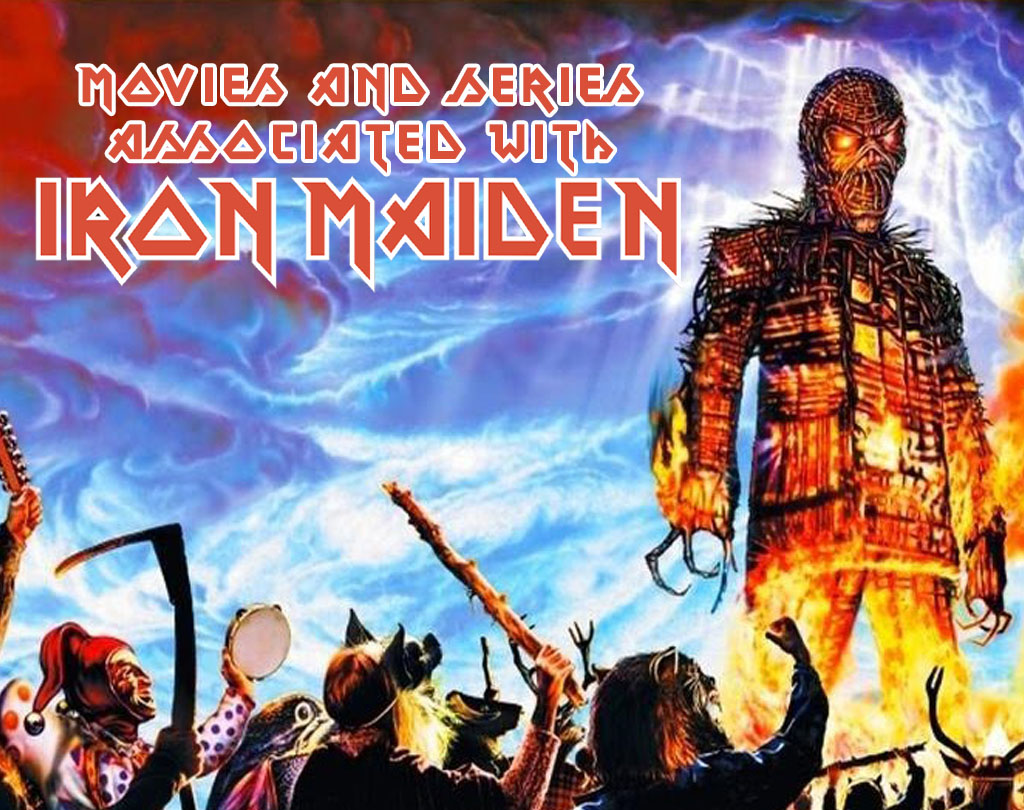
Ever since their early days, Iron Maiden have been inspired by movies and series when writing lyrics. They’ve also borrowed many of the intros used at their concerts from films, and they often include film clips in their music videos. Altogether, this adds up to a long list of movie references — and here, we’ll try to go through most of them.
In some cases, the connection is uncertain. The Phantom of the Opera is originally a novel by Gaston Leroux, and it’s unclear whether Steve Harris was inspired by one of the film adaptations or simply by the story itself. Since he’s never mentioned any specific film version as an influence, we’ll leave that one out. Murders in the Rue Morgue is another example where it’s more likely that Steve Harris was inspired by Edgar Allan Poe’s story rather than one of the many film adaptations. The Mercenary lyrics fits with the movie Predator, while Bruce Dickinson has said the song is about a bounty hunter.
633 Squadron (1964)
The theme from 633 Squadron was used as the opening intro for the concerts on the No Prayer on the Road Tour. The movie is about air battles during a war, much like “Tailgunner,” which was the opening track for the tour.
Aces High (1976)
The song “Aces High” is titled after and inspired by the film, although the song is set during the Second World War, while the film takes place during the First World War.
Aleksandr Nevskiy (1938)
The live version of “Hallowed Be Thy Name” featured in the Behind the Iron Curtain video includes battle scene clips from the classic 1938 black-and-white Russian film Alexander Nevsky, directed by Sergei Eisenstein.
The Angry Red Planet (1958)
Clips from this movie were used in the video for “The Number of the Beast.”
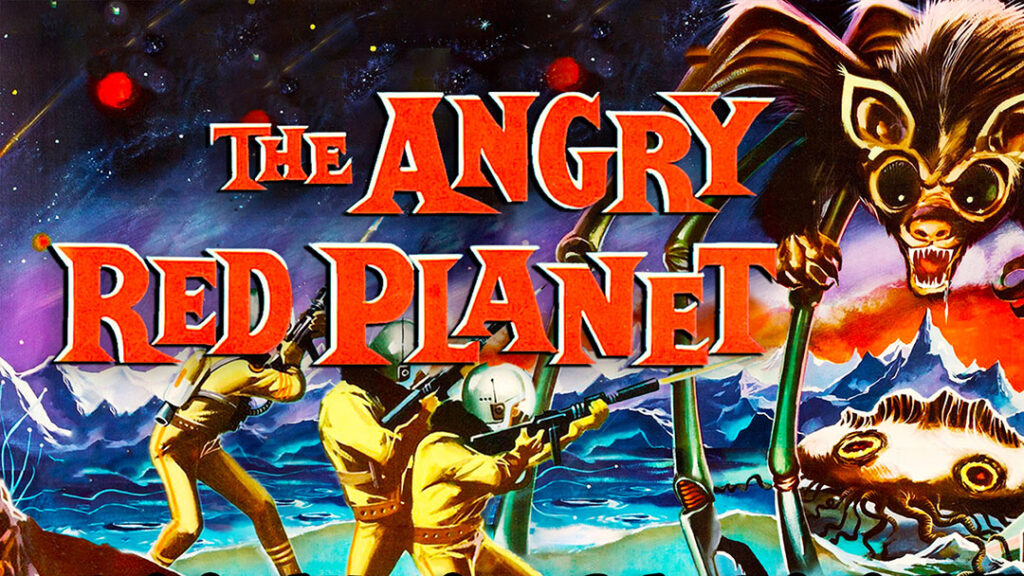
Apocalypse Now (1979)
The song “The Edge of Darkness” from The X Factor is based on this movie. The film itself is loosely inspired by the 1899 novella Heart of Darkness.
Back to the Future (1985)
During The Future Past Tour, one of the backdrops featured the phrase “1.21 gigawatts” — a direct reference to Back to the Future. Bruce Dickinson also mentioned the DeLorean on stage during several shows.
Blade Runner (1982)
The track “End Titles” from Blade Runner was used as the intro for the Somewhere on Tour and was brought back again for The Future Past Tour. The music for Blade Runner was composed by Vangelis.
Braveheart (1995)
“The Clansman” was inspired by this historical epic, along with Rob Roy, which was also released in 1995. In an interview, Steve Harris said:
“It started as two separate ideas, then we put them together and it worked! It’s got a Celtic flavour to the music, which is why I wrote the lyrics about the Scottish clans. They were also inspired by the Braveheart and Rob Roy films.”
The Charge of the Light Brigade (1936)
Scenes from this film were used in the 1983 music video for “The Trooper.” The song itself is also inspired by the poem of the same name, which the movie is based on. Steve Harris explained:
“It’s based on the Crimean War, with the British against the Russians. The opening is meant to recreate the galloping horses in the Charge of the Light Brigade. It’s an atmospheric song.”
Chemical Wedding (2008)
This film was written by Bruce Dickinson, who also makes a cameo appearance. The movie features the Iron Maiden songs “The Wicker Man” and “Can I Play with Madness.”
Children of the Damned (1964)
“Children of the Damned” is inspired by the 1963 film of the same name, along with its predecessor Village of the Damned. The song describes the death of the last remaining child, as he steps out to face the humans who intend to burn him at the stake.
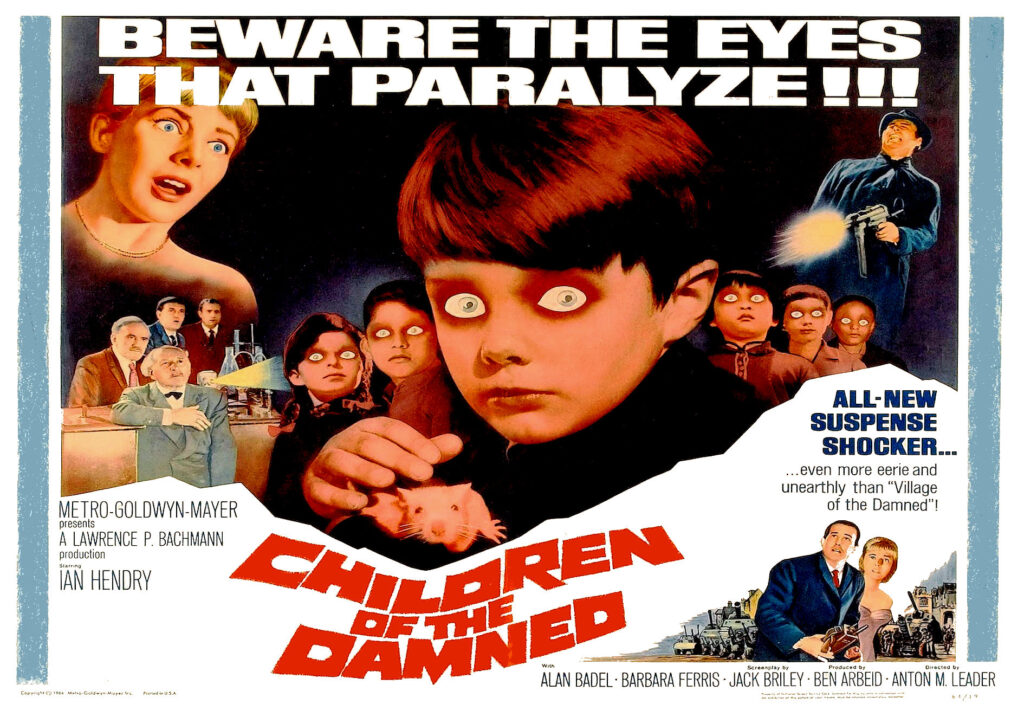
The City of the Dead (1960)
The music video for “Bring Your Daughter… to the Slaughter” features footage from The City of the Dead.
Constantine (2005)
Constantine is loosely based on the DC Comics/Vertigo Comics series Hellblazer. In an interview with Revolver, Bruce Dickinson said that Keanu Reeves’ portrayal of the character in the film directly inspired the Iron Maiden song “Days of Future Past.”
“I thought it would be interesting to turn it on its head—the situation in which [Constantine] found himself, as a person who is destined to walk the Earth until he gets his shit together,” Dickinson explained. “And to say, ‘Well, hang on a minute; just exactly who appointed God to do this in the first place? What right does He have to pull all this crap on people?'”
The Crimson Ghost (1947)
Clips from this film were used in the video for “The Number of the Beast.” The ghost character from the movie is the same figure that horror punk band Misfits use as their mascot and logo.
Daleks’ Invasion Earth 2150 A.D. (1966)
On the cover of the single Wasted Years, the time machine is set to 01.04.2050 — a reference to this film.
Damien: Omen II (1978)
The song “The Number of the Beast” was inspired by a nightmare Steve Harris had after watching Damien: Omen II.
Darkest Hour (2017)
The title of the song “Darkest Hour” comes from the film of the same name, which focuses on Winston Churchill’s leadership during World War II.
The Devil Rides Out (1968)
Footage from this film is used in the music video for “The Number of the Beast.” The scene showing the Goat of Mendes appears in the video. Iron Maiden have also used a goat figure as a stage prop when performing the song live.
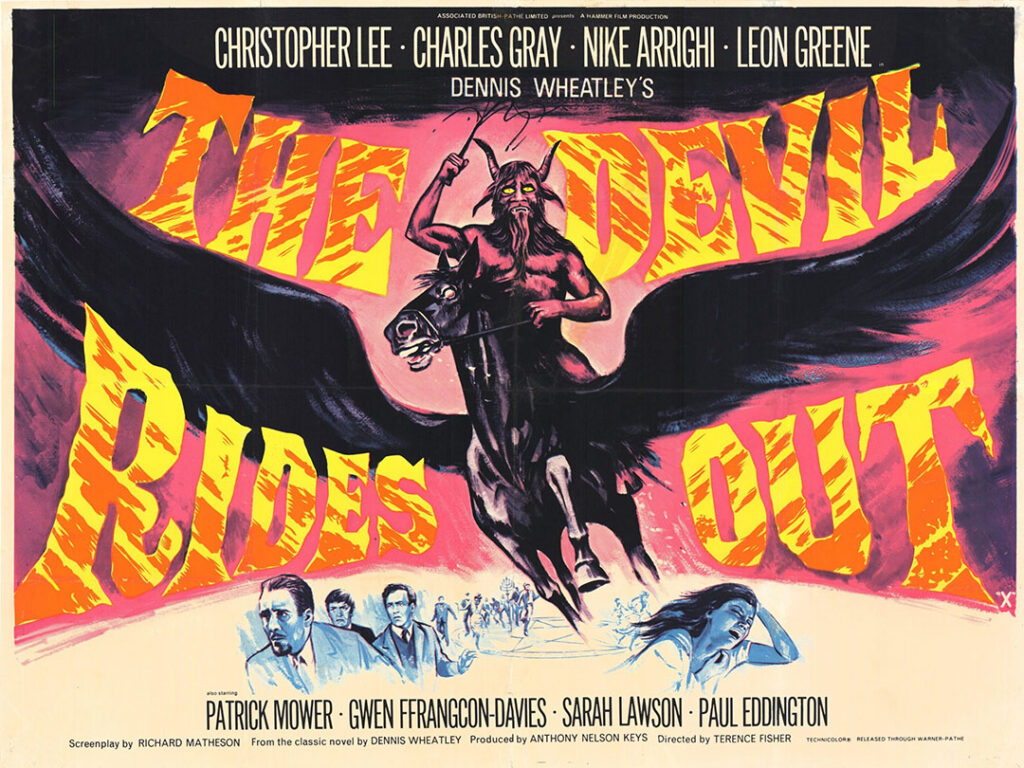
Duel (1971)
The tour programme for No Prayer on the Road features a cover illustration inspired by this movie. Derek Riggs mentioned in his book that Duel was the inspiration behind the painting.
The Duellists (1977)
The song “The Duellists” was inspired by this film.
Falling Down (1993)
The song “Man on the Edge” from the album The X Factor is based on this movie.
The Fugitive (1963)
The song “The Fugitive” is based on the original television series of the same name. The series was later adapted into the well-known 1993 film starring Harrison Ford and Tommy Lee Jones.
First Knight (1995)
The track “Arthur’s Farewell” from the First Knight soundtrack was used as the intro for the Brave New World Tour. It’s a powerful piece composed by Jerry Goldsmith.
Forbidden Planet (1956)
According to interviews with Bruce Dickinson, the song “Out of the Silent Planet” was primarily inspired by the science fiction film Forbidden Planet.
Godzilla (1954)
Clips from this film were used in the music video for “The Number of the Beast.”
Heaven Can Wait (1978)
The Iron Maiden song “Heaven Can Wait” (from their 1986 album Somewhere in Time) is loosely inspired by the film. The lyrics deal with a near-death experience and a man who cannot seem to die.
How to Make a Monster (1958)
Several scenes from this film were used in the video for “The Number of the Beast.” Many have mistaken the footage for The Wolf Man, as the visuals are quite similar.
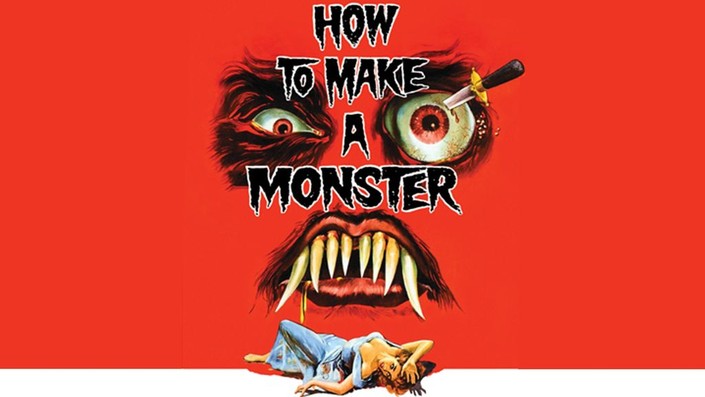
The Hunchback of Notre Dame (1923)
Clips from this silent classic were used during live performances of “The Number of the Beast” at concerts in 2025.
Life of Brian (1979)
After every Iron Maiden concert, the song “Always Look on the Bright Side of Life” from this Monty Python film is played over the PA system.
The Loneliness of the Long Distance Runner (1962)
The song “The Loneliness of the Long Distance Runner” is based on the short story by Alan Sillitoe, which was also adapted into a 1962 film of the same name.
Lord of the Flies (1963)
The song “Lord of the Flies” is based on this film.
The Man Who Fell to Earth (1976)
This one is far from certain, but included due to the shared typography. It’s often said that Steve Harris used the lettering from this movie poster as inspiration for the Iron Maiden logo. However, that’s most likely just a rumour. The band’s first logo used a gothic-style font, which was popular in the 1970s and also used by artists like Gordon Giltrap, Steel Mill, Nana Mouskouri, and Mama’s Boys. According to former vocalist Dennis Wilcock, the logo was designed by him — a claim supported by the fact that he worked at a design studio at the time. Ray Hollingsworth, the studio’s art director, has confirmed this story.
The Man in the Iron Mask (1939)
Steve Harris reportedly came up with the name “Iron Maiden” after watching this film in 1975, which references the infamous torture device.
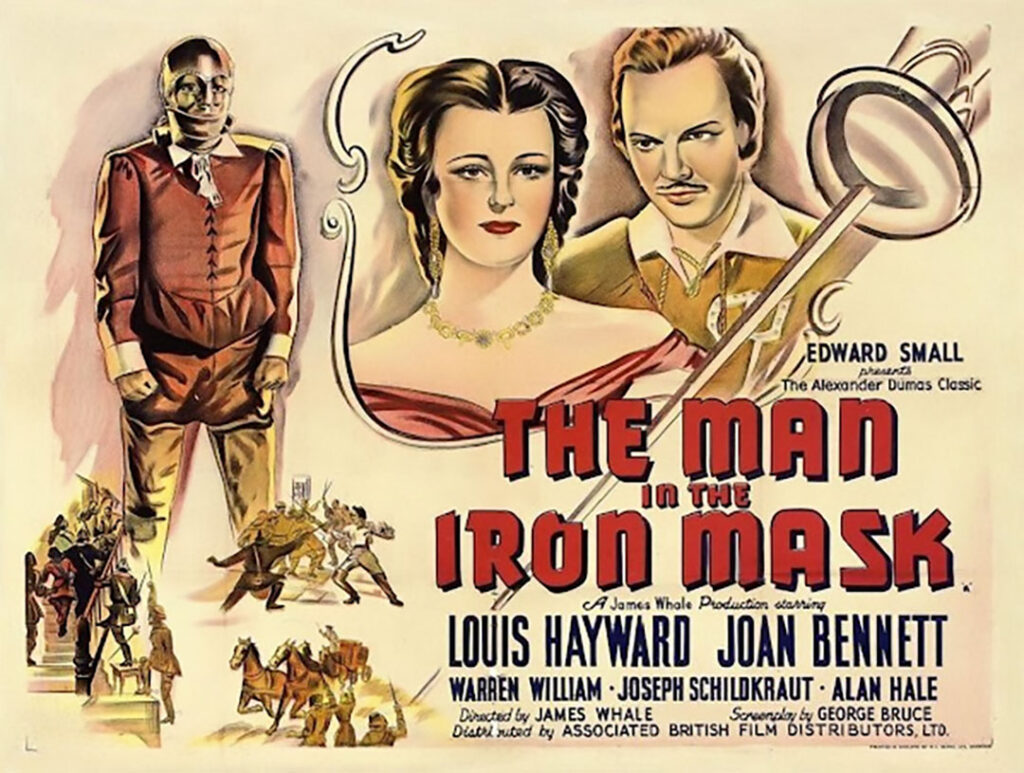
The Name of the Rose (1986)
The song “Sign of the Cross” is about an execution during the Inquisition and directly references the novel/film title in its chorus lyrics.
A Nightmare on Elm Street: The Dream Child (1989)
The song “Bring Your Daughter… to the Slaughter” was originally recorded by Bruce Dickinson for the soundtrack to this film.
Nosferatu (1922)
Clips from this silent horror classic were used during performances of “The Number of the Beast” at shows in 2025.
The Paradise Club (1989)
The cover of Bring Your Daughter… to the Slaughter features Eddie standing outside a nightclub called the Paradise Club — a reference to this British TV series. Bruce Dickinson also appeared in the episode “Rock and Roll Roulette” as a rock singer named Jake Skinner. Among the songs he performs in the episode are his own “Ballad of Mutt,” “Johnny B. Goode” by Chuck Berry, “Wishing Well” by Free, and “I Shot the Sheriff” by Bob Marley. His band in the studio is called “Fraud Squad” and features Janick Gers on guitar, Andy Carr on bass, and Dickie Fliszar on drums — the same lineup from Bruce’s 1990 solo tour.
The Prisoner (1967)
The Prisoner isn’t a movie, but a legendary 1960s TV series — so influential that Iron Maiden wrote two songs based on it: “The Prisoner” and “Back in the Village.” Footage from the series was used during performances of “The Prisoner” on The Future Past Tour.
Quest for Fire (1981)
The song “Quest for Fire” was based on this French prehistoric adventure film.
The Return of the Vampire (1943)
Clips from this movie were used in the music video for “The Number of the Beast.”
Rob Roy (1995)
“The Clansman” was partly inspired by this historical film. Steve Harris explained:
“It started as two separate ideas, then we put them together and it worked! It’s got a Celtic flavour to the music, which is why I wrote the lyrics about the Scottish clans. They were also inspired by the Braveheart and Rob Roy films.”
Run Silent, Run Deep (1958)
The song “Run Silent Run Deep” from No Prayer for the Dying is based on this film.
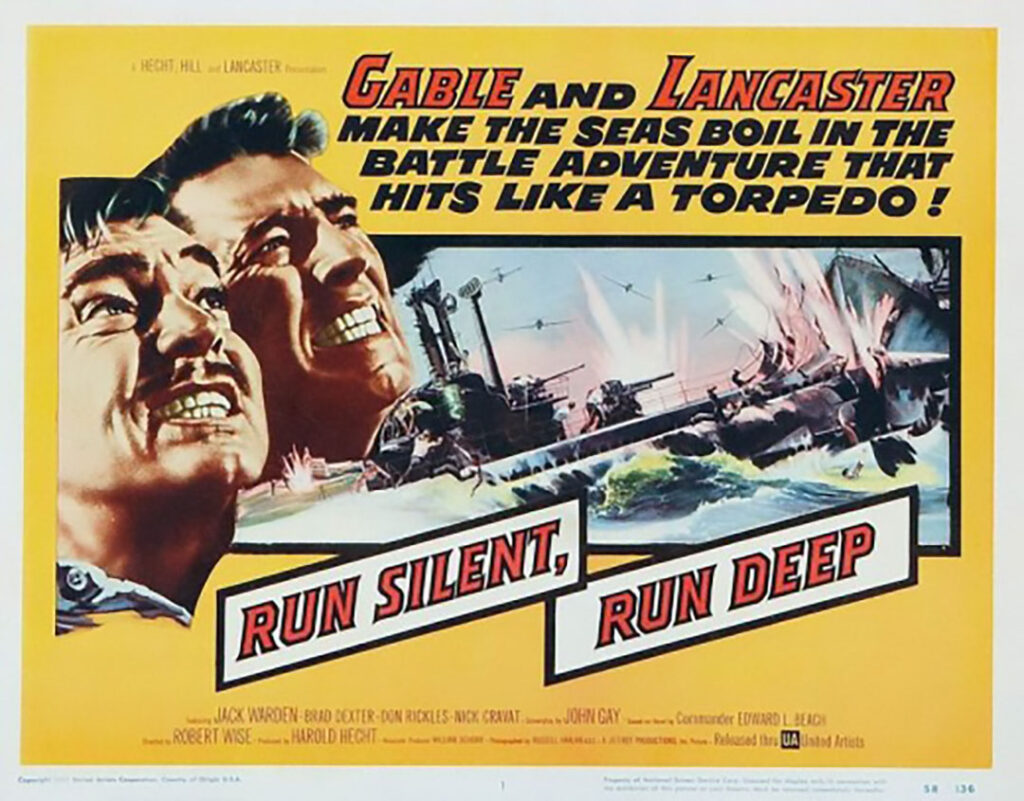
The Seventh Seal (1957)
“Dance of Death” was inspired by this classic Swedish film by Ingmar Bergman.
They Died with Their Boots On (1941)
Footage from this movie was used in the music video for “The Trooper.”
Time After Time (1979)
In this film, H.G. Wells pursues Jack the Ripper into the 20th century when the killer uses his time machine to escape his era. The song “Caught Somewhere in Time” is said to be inspired by this movie, though no official source confirms it.
The Uncovered Wagon (1923)
Footage from this silent comedy was used in the music video for “Run to the Hills.”
Vidocq (2001)
As an intro to the Dance of Death World Tour in 2003, Iron Maiden used “Declamation” by Chris Payne, taken from the soundtrack to Vidocq.
Village of the Damned (1960)
The song “Children of the Damned” is inspired by this film and its sequel Children of the Damned.
War of the Colossal Beast (1958)
Clips from this movie were used in the music video for “The Number of the Beast.”
When the Wind Blows (1986)
Iron Maiden’s “When the Wild Wind Blows,” from their 2010 album The Final Frontier, is based on this animated nuclear war drama. The lyrics closely follow the film’s plot, though the ending differs significantly.
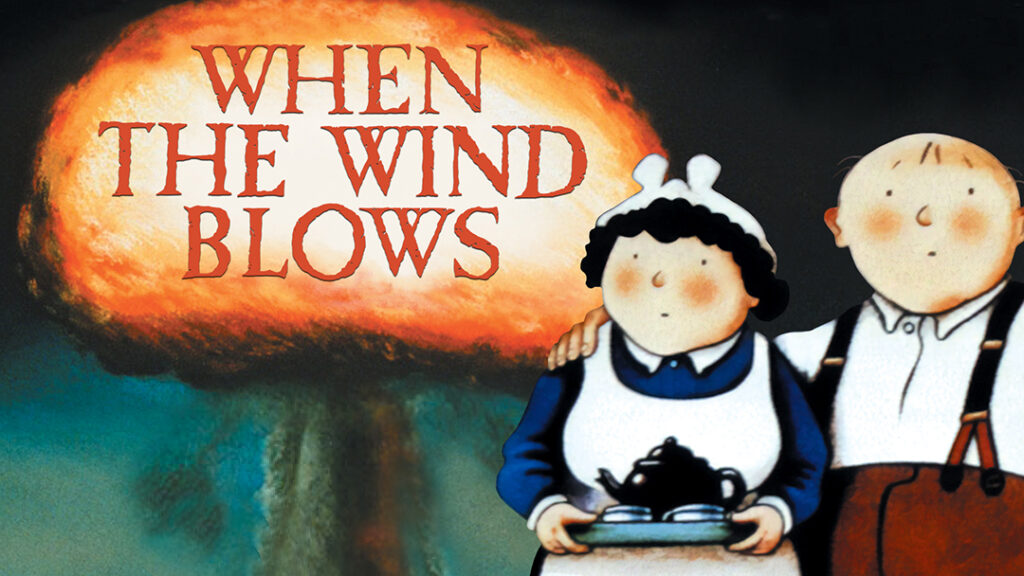
When Worlds Collide (1951)
The song “When Two Worlds Collide” is inspired by this science fiction classic.
Where Eagles Dare (1968)
Iron Maiden has a song of the same name based on this war film. When performing it live, Bruce Dickinson often introduces it with the line: “Whatever the problem is, Clint Eastwood can fix it.” The theme from the film was also used as the opening intro for the World Piece Tour.
Who Framed Roger Rabbit (1988)
Jessica Rabbit appears in Eddie’s arms on the cover of the Bring Your Daughter… to the Slaughter single.
The Wicker Man (1973)
The song “The Wicker Man” from Brave New World is based on this cult horror film. Bruce Dickinson also wrote a solo track titled “Wicker Man,” the lyrics of which more closely reflect the movie’s themes.
